Coronavirus: Medical experts overreach on vexed issue of school safety
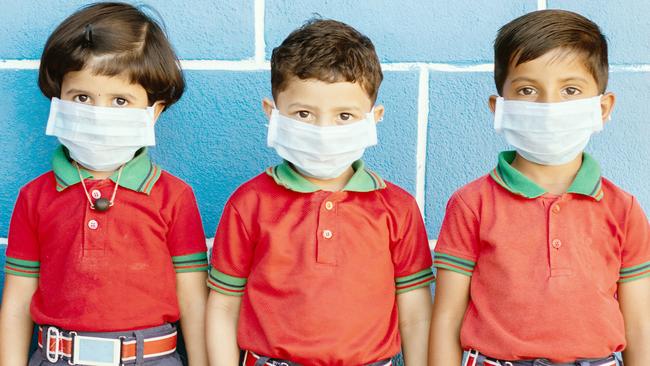
Yes, the medical experts in this country are close to a consensus in their view that kids should return to school. But that thought process isn’t entirely about the safety versus the risks of the virus. It also includes lateral judgments about the risks of the alternative: that is, kids not being in school. To their mental health, to their development, the social cost of at risk children being at home, the impact on some parents, and even just the fact at some point the lockdown needs to be unwound, so perhaps schools is a good place to start.
But let’s be clear: there is expertise overreach in some of the assessments being made by medical experts. They are delving into areas in which they do not have expertise. That is, the complex decision making matrix of public policy. Some medical specialists have also developed experience in this area, including having studied the discipline. But not all, and for politicians charged with discharging public policy to fall back on “the medical advice” when that advice is not the sole determinant as to what should or should not happen regarding schools, is poor practice.
Getting back to the study out of NSW being relied on for the almost zealot like push for schools to re-open by some, as mentioned it is an extremely encouraging piece of research, but a long way from definitive.
The study is yet to be peer reviewed, but that is the least of the reasons to be cautious. That said, peer review is the time and place to unpick, or at least query, some of what I highlight below.
The study was conducted during a period when many schools had already either gone online or were seeing parents select out of attendance for their children anyway. That is to say, somewhere between a third and a quarter of all students weren’t attending the schools under investigation, and that is just the schools which remained open to full attendance at the time. Many were not.
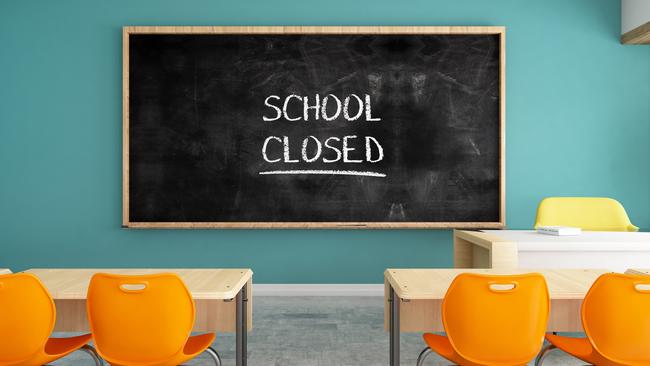
To use a study with low rates of attendance to justify a full return of students — which is the argument being used — is not completely analogous.
Further, during the period of the study students were being told to socially distance within schools, yet the study in question is being relied on to justify school students not needing to socially distance when they return. This is perhaps the most disturbing misuse of the study by the medical experts and politicians.
The study is also used to claim low transmission rates within schools, which is of itself a true statement as to its findings. However, a number of schools investigated and found to have had COVID-19 cases, with low subsequent transmission rates, had already switched to online learning at the time. One would expert low transmission rates between students and staff in such situations ... since students were learning from home not from school.
All of the above is not to pour scorn on the study. Rather, it is to make the point that rushing to potential failure by relying on it is risky business. If, however, the judgment from policy experts looking at the bigger picture is that schools being open is the lesser of evils because of other factors, and this albeit preliminary study is merely a piece in that puzzle, that is a different discussion.
Part of the confusion people have as to what is going on with schools comes from the albeit understandably different responses state by state, but it also comes from the different responses overseas.
Yes there are studies overseas which contradict the one out of NSW. And yes there are examples of COVID-19 clusters having formed in schools abroad, like the Marist College case in New Zealand.
But the real inconsistency from abroad comes from looking at two nations which have been successful at combating the virus, and how they have approached the vexed issue of schools: Singapore and Taiwan (yes I realise China doesn’t recognise the latter as a nation).
The PM referred to Singapore some time back to justify his push for Australian schools to stay open, even though the hygiene practices in Singapore were not being matched here. However, soon afterwards Singapore closed its schools, and we haven’t heard a whisper from the PM about that since.
Taiwan is perhaps the gold standard when it comes to combating the virus globally, and it has kept its schools open. However, in doing so it has enforced rigid social distancing within schools, identifying doing so as a necessary ingredient for keeping them open. Yet as mentioned we are being told students magically do not need to socially distance when they walk through the school gates. Even though outside of school in most states they can’t congregate together, and must maintain social distancing like the rest of us.
The complexity of the decision making surrounding schools is obvious, and we haven’t even looked at the issues of transport to and from schools, the teachers and the risks they face, or indeed the fact that even if children do not seem to be (by and large) badly effected by the virus, they do still spread it, so what does that mean when they come home to a wide and varied array of parents and carers at the end of each school day having not been socially distanced from one another?
It’s also worth noting the news out of the United Kingdom that children are being admitted to intensive care with COVID-19 related conditions which will make every parent think twice about the risks of returning to school too soon.
All good reasons not to put too much stock in one-yet-to-be peer reviewed study. Given the schools investigated were not at full capacity, using the study to justify a safe full return to school may be a case of comparing apples and oranges.
Peter van Onselen is a professor of politics and public policy at the University of Western Australia and Griffith University.

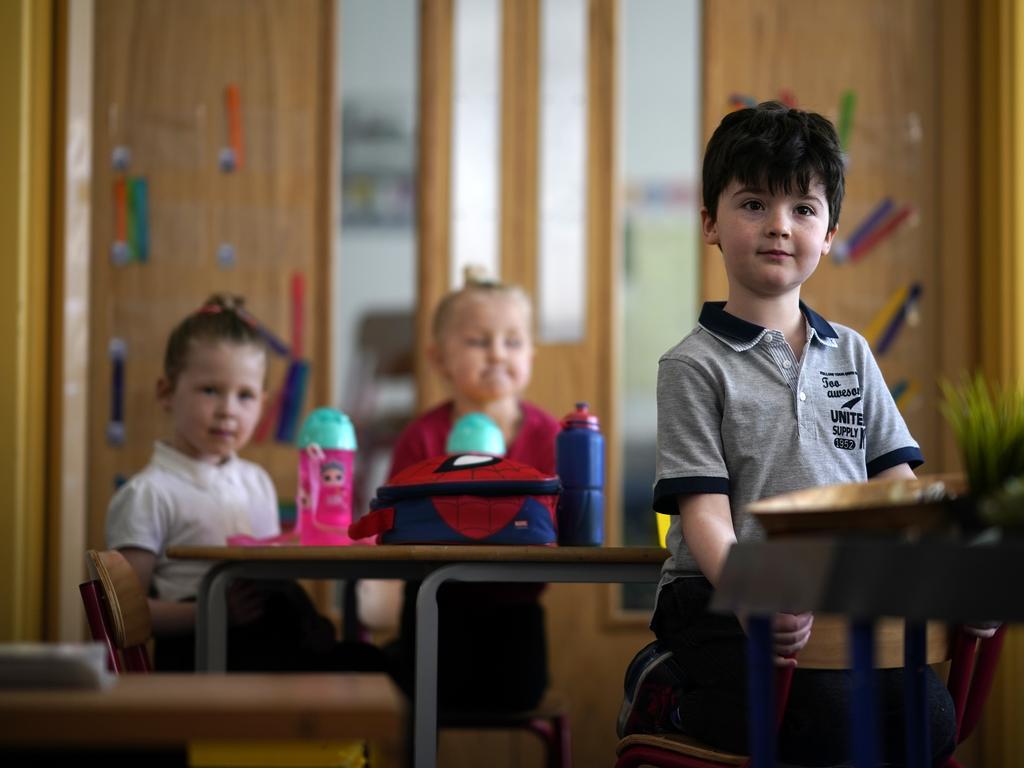
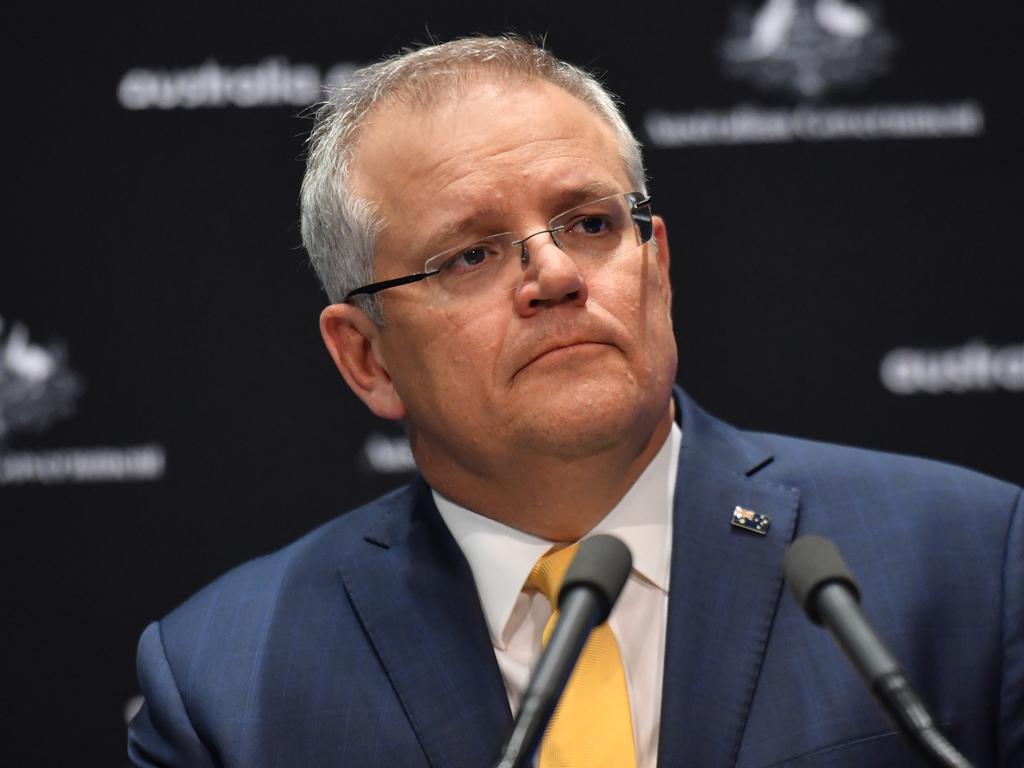
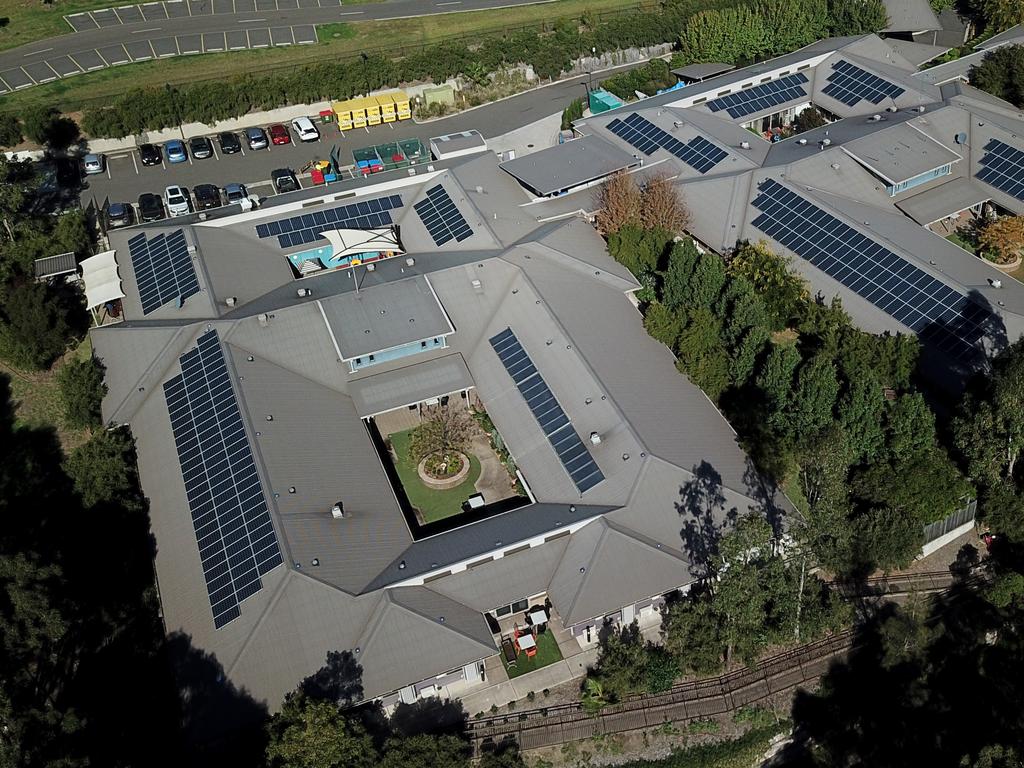



The latest study out of NSW suggesting schools are safe from COVID-19, whilst very encouraging, is far from definitive. Let me explain why, but first some context.